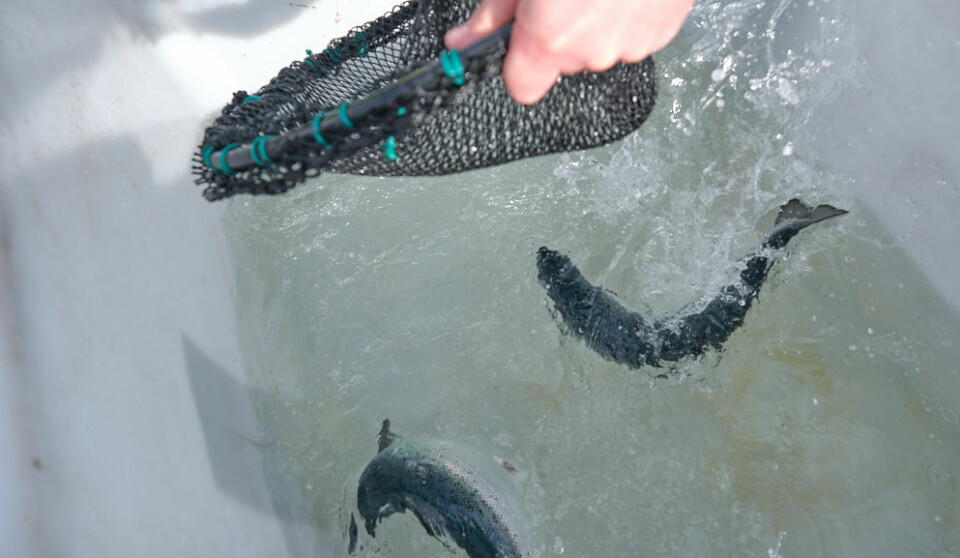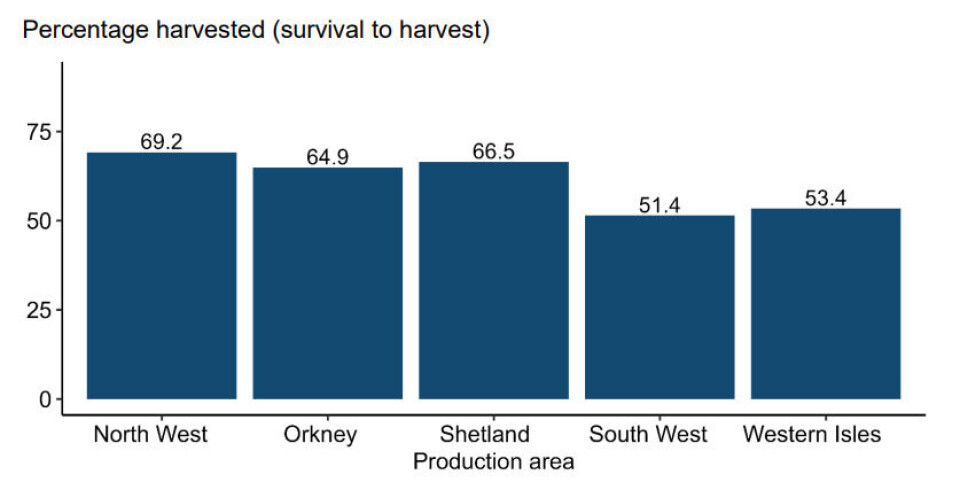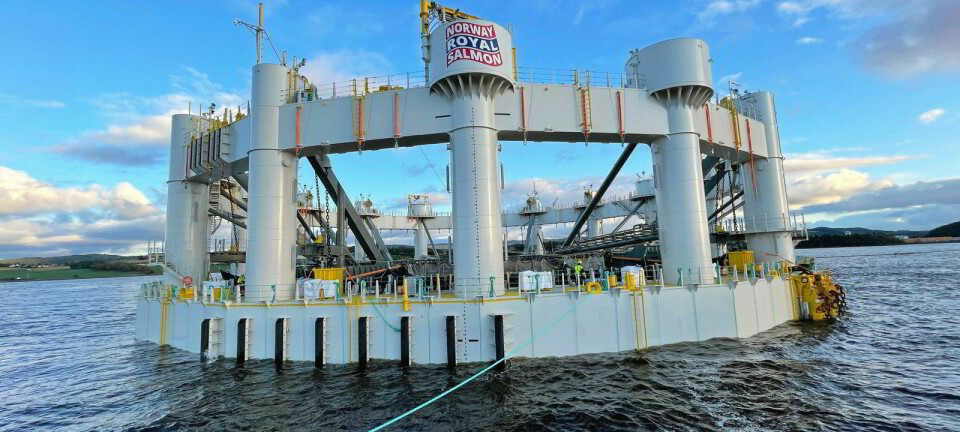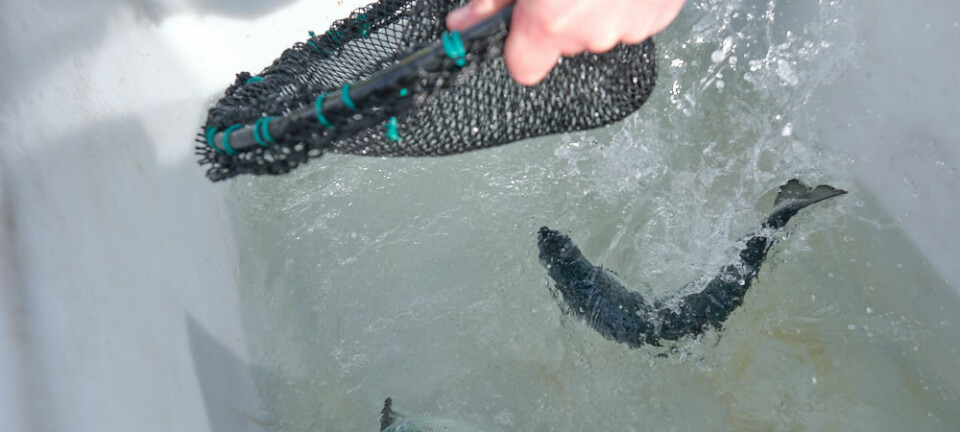
Scottish salmon production jumped by 27% last year
But smolt survival fell to 61.8% after jellyfish attacks
The volume of farmed salmon harvested in Scotland last year rose by 27.2% to 192,000 tonnes (live weight) compared to the year before, when 150,949 tonnes were produced, according to the Scottish Government’s Fish Farm Production Survey published today.
However, the percentage of fish that were stocked as smolts at sea in 2022 and were harvested fell to 61.8%, compared to 68.7% for smolts stocked in marine sites in 2021.
Survival is influenced by many factors, including the quality of salmon ova and smolts, water temperature, disease, and environmental challenges such micro jellyfish and amoebic gill disease (AGD).
Micro jellyfish
Trade body Salmon Scotland said the reduced survival was largely due to micro jellyfish blooms in the second half of 2022. The tiny jellyfish can sting the gills of the salmon, leading to illness and death.
A series of tech-based measures had since been introduced - and more recent data shows that monthly survival of farmed salmon averaged 99.12% between January and June 2025, the best start to a year since data was first voluntarily published in 2018.
Cumulative mortality, the total number of fish deaths over time, fell by more than a third in 2024. Overall survival across all farms reached 82.3%, up 10 percentage points from 72.3% the previous year.
Successful period
Salmon Scotland chief executive Tavish Scott said: “These figures reflect another successful period for our sector, with farm-raised Scottish salmon production up by more than a quarter [in 2024], demonstrating the incredible hard work of our farmers and the growing demand for our highly nutritious fish.
“With sales of the UK’s most popular fish increasing at home, and exports approaching £1 billion, we sustain thousands of rural jobs and enable coastal communities to thrive.
“While salmon face natural challenges in the sea like any fish, our farmers also uphold the highest animal welfare standards anywhere in the world and have invested more than £1 billion in new tech, leading to significantly improved survival rates in 2024 and 2025.”
In the 2022 year class, the North West production area recorded the highest survival to harvest rate of the five production areas, reaching 69.2%. This was an increase in survival to harvest over the North West’s 2021 year class figure. In contrast, all other production areas experienced a decline in survival compared with the 2021 year class, reduction in survival was greatest in the South West (51.4%). North West, Shetland and Orkney exceeded this average, while the Western Isles and South West were below the average.

The total number of smolts put to sea last year was 45,757,000, the lowest number since 2018, when around 250,000 fewer fish were stocked.
Seawater pen capacity increased by 461,000m³ during 2024 and the number of seawater pen sites in production increased by two. Production efficiency in seawater pens, measured as the ratio of fish weight in kilograms produced per cubic metre, increased from 5.8 kg/m³ in 2023 to 7.3 kg/m³ in 2024.
In 2024, the number of sites with no production increased by nine while the number of sites producing 1 to 1,000 tonnes decreased by 21. The number of sites producing 1,000 to 4,000 tonnes increased by 13 and sites producing over 4,000 tonnes increased by one. The trend towards production in larger sites continued, with 89% of production being derived from sites producing over 1,000 tonnes.
Rainbow trout
Production of rainbow trout in Scotland decreased in 2024 by 1,087 tonnes (12%) to 8,171 tonnes, of which 7,695 tonnes was for the table and 476 tonnes for the restocking of angling waters.
Seawater production accounted for 4,537 tonnes (56%) and freshwater production the remaining 3,634 tonnes (44%).























































